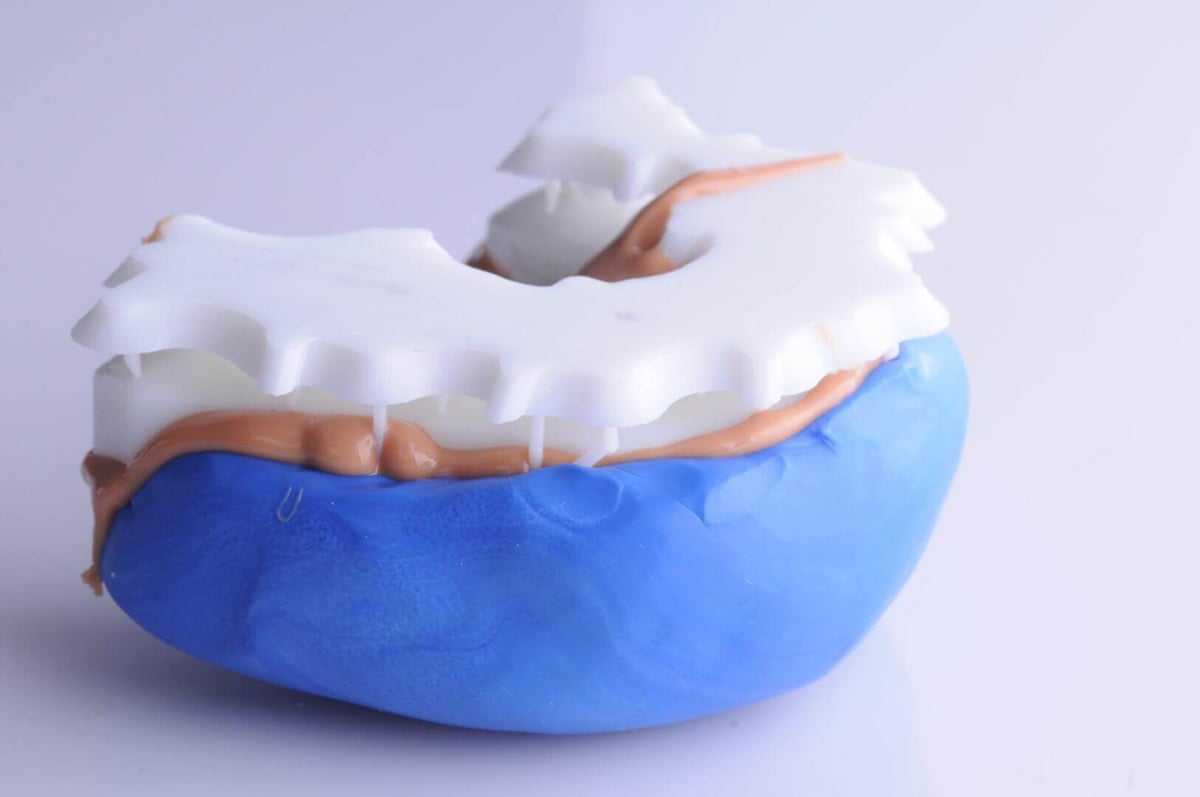Using digital scanning and the Form 2, Digital Smile Design allows dental patients to view the results of their procedure before it happens.
How much more confident would you feel about a procedure if you could see the results before you even entered the operating room? Two brothers from the Canary Islands in Spain, named Pablo and Alejandro Ramírez, are using 3D scanning and printing to inspire confidence in their patients.
The pair have a state-of-the-art dental practice and together use the Digital Smile Design (DSD) tool. This tool uses a digital workflow and Formlabs desktop SLA 3D printer to show patients what their post-operative smiles will look like.
“Digital Smile Design (DSD) is a versatile dental treatment planning tool used to strengthen diagnostic vision, improve communication, and enhance predictability throughout treatment,” Pablo explains. “It’s a great communication tool-–patients are much more likely to commit to the actual procedure when they can foresee the results.”
By using 3D printing to show patients how their teeth will look before the dental procedure. This allows them to feel more reassured before going into the operating room. Digital Smile Design simplifies the creation of mockups and helps discover potential risks in the procedure.
How Does Digital Smile Design Work?
DSD was originally invented in 2007 by Brazilian dentist Christian Coachman. It’s an exceptionally versatile dental treatment planning tool that improves diagnostic vision, communication, as well as predictability throughout treatment.
First, the Ramírez brothers take a scan of a patient’s mouth using an intraoral scanner. This scan is then imported into DSD Nemo software, which includes a digital library of different shapes and forms. This allows them to overlap the preferred shape in order to give the scan the desirable aesthetic.
They then use the Formlabs Form 2 3D printer to produce the dental model. The 3D printing company’s Standard Grey and White Resin material gives the model a high-quality surface finish. After cleaning and curing the print, a negative of the teeth is made using a silicone index. Finally, the brothers use temporary acrylic to fit the teeth into a patient’s mouth.
Traditionally, the dentist would have to take a regular impression from the patient and send it over to a technician. Then, they would have to wax over the stone model drop by drop. This process usually takes one week to ten days to complete. DSD, on the other hand, enables practitioners to create a treatment plan to be created in a matter of days.
Photographs and videos help show the patient how they will look from different angles. From here, any necessary adjustments or procedural tweaks can be made.
Additional benefits to DSD includes the ability to speed up, simplify, and also reduce the cost of the entire process. According to Pablo Ramírez, “Digital planning with overlapping files, 3D printing, and facial scanning will be routine practices in dentistry sooner than we think.”
Source: Formlabs

License: The text of "Digital Smile Design Uses 3D Printing To Plan Dental Procedures" by All3DP is licensed under a Creative Commons Attribution 4.0 International License.